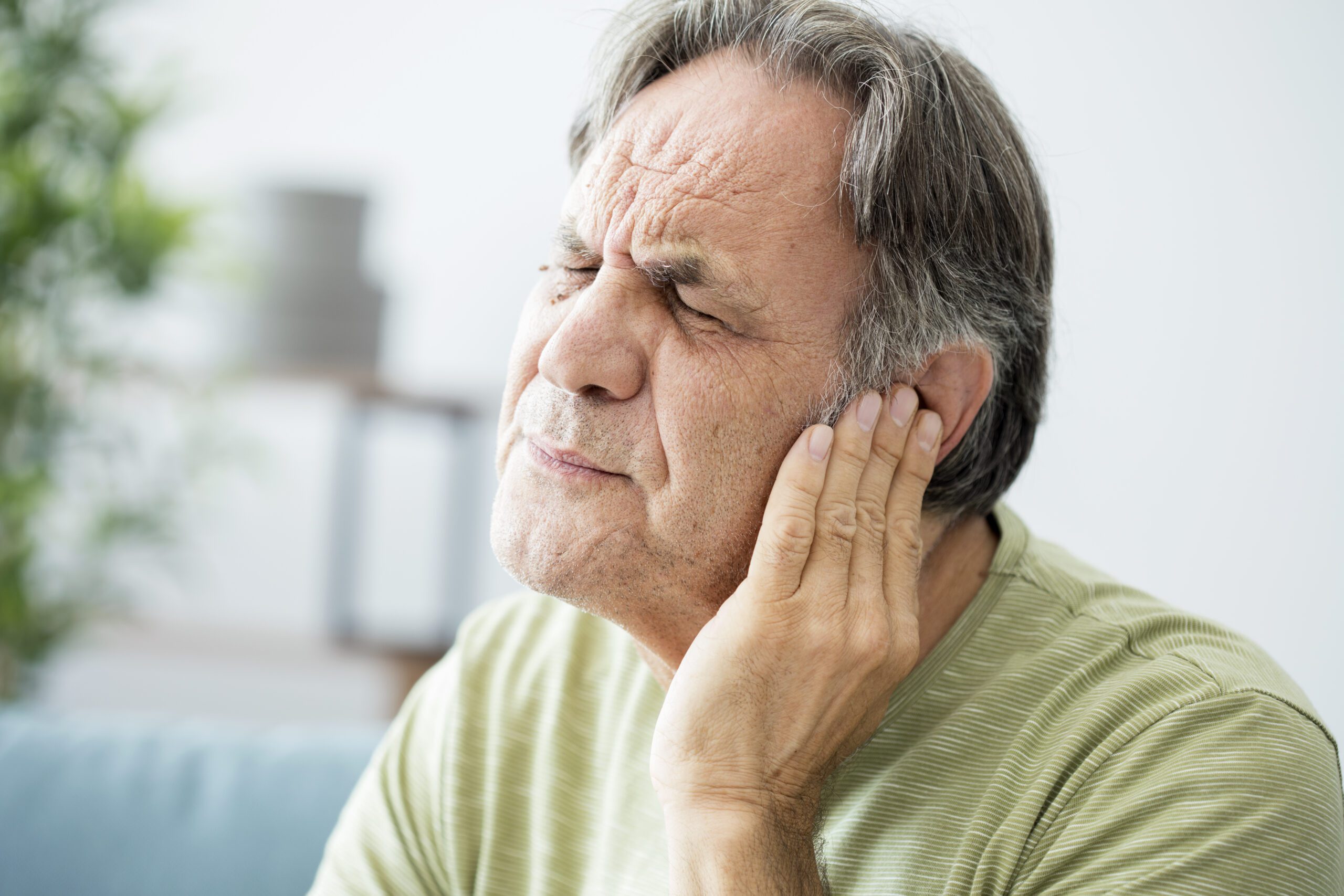Introduction
Hearing loss is a common but often misunderstood condition that affects millions of people worldwide. Whether it’s caused by aging, noise exposure, or medical conditions, untreated hearing loss can significantly impact daily life. But what exactly is hearing loss, and how does it happen? In this guide, I will explain the different types, causes, and possible solutions for hearing loss so you can make informed decisions.
What is Hearing Loss?
Hearing loss is the partial or complete inability to hear sounds, often caused by damage to the ear or auditory system. It can range from mild to profound and may affect one or both ears.
Many people experience hearing loss without realizing it, as it can develop gradually. Understanding its causes, symptoms, and treatment options is crucial for maintaining good hearing health.
What are the Different Types of Hearing Loss?
There are three main types of hearing loss, each affecting hearing in different ways:
1. Conductive Hearing Loss
Conductive hearing loss occurs when sound waves cannot pass through the outer or middle ear. This may be due to ear infections, earwax buildup, or structural abnormalities. In many cases, medical treatment or surgery can restore hearing.
2. Sensorineural Hearing Loss (SNHL)
Sensorineural hearing loss is caused by damage to the inner ear or auditory nerve. This type of hearing loss is often permanent and is commonly linked to aging, loud noise exposure, or genetic factors. Hearing aids or cochlear implants are typically used to manage SNHL.
3. Mixed Hearing Loss
Mixed hearing loss is a combination of both conductive and sensorineural hearing loss. It can result from multiple factors, such as long-term exposure to noise along with an ear infection. Treatment may involve a combination of medical intervention and hearing aids.
What Causes Hearing Loss?
Hearing loss can occur due to various factors. Some of the most common causes include:
- Aging– Natural wear and tear on the inner ear over time.
- Noise Exposure– Loud environments, such as concerts or industrial workspaces, can damage hearing.
- Genetics– Some people inherit hearing loss from their family.
- Ear Infections– Infections can block sound from reaching the inner ear.
- Medications– Certain drugs, such as chemotherapy or antibiotics, can be toxic to the ear.
- Head or Ear Trauma– Physical injuries can impact hearing ability.
What Are the Symptoms of Hearing Loss?
Hearing loss symptoms can vary, but common signs include:
- Difficulty understanding speech, especially in noisy environments
- Frequently asking people to repeat themselves
- Turning up the volume on devices louder than normal
- A feeling of fullness or ringing (tinnitus) in the ears
- Avoiding social situations due to difficulty hearing
If you experience any of these symptoms, it’s important to seek a hearing evaluation from a professional.
How is Hearing Loss Diagnosed?
Hearing loss is diagnosed through a series of tests performed by an audiologist or hearing specialist. These tests may include:
- Pure-tone audiometry– Measures how well you hear different frequencies.
- Speech recognition tests– Evaluates how well you understand spoken words.
- Tympanometry– Assesses middle ear function.
A proper diagnosis helps determine the severity and type of hearing loss, guiding the best treatment options.
What are the Treatment Options for Hearing Loss?
The right treatment depends on the type and severity of hearing loss. Common solutions include:
1. Hearing Aids
Hearing aids are the most common solution for sensorineural hearing loss. They amplify sound, making it easier to hear speech and environmental noises.
2. Cochlear Implants
For severe or profound hearing loss, cochlear implants bypass the damaged inner ear and directly stimulate the auditory nerve.
3. Medical or Surgical Treatment
Some cases of conductive hearing loss can be treated with medication or surgery, such as earwax removal or repairing a damaged eardrum.
4. Assistive Listening Devices (ALDs)
Devices like amplified phones or TV listening systems can improve hearing in specific situations.
Can Hearing Loss Be Prevented?
While not all types of hearing loss are preventable, you can take steps to protect your hearing:
- Avoid prolonged exposure to loud noise and use hearing protection.
- Get regular hearing check-ups, especially if you’re at risk.
- Maintain good ear hygiene and avoid inserting objects into your ears.
- Manage health conditions like diabetes or high blood pressure that can affect hearing.
Summary & Call to Action
Hearing loss is a serious condition that can impact your quality of life, but early detection and proper treatment can make a significant difference. Whether you’re experiencing hearing difficulties yourself or helping a loved one, understanding hearing loss is the first step toward better hearing health.
If you’re looking for professional hearing aid solutions, contact us today to explore our range of high-quality hearing aids designed for all types of hearing loss. Let us help you hear better and live better!




